Photonic Quantum Computing Advances Squeezed Light
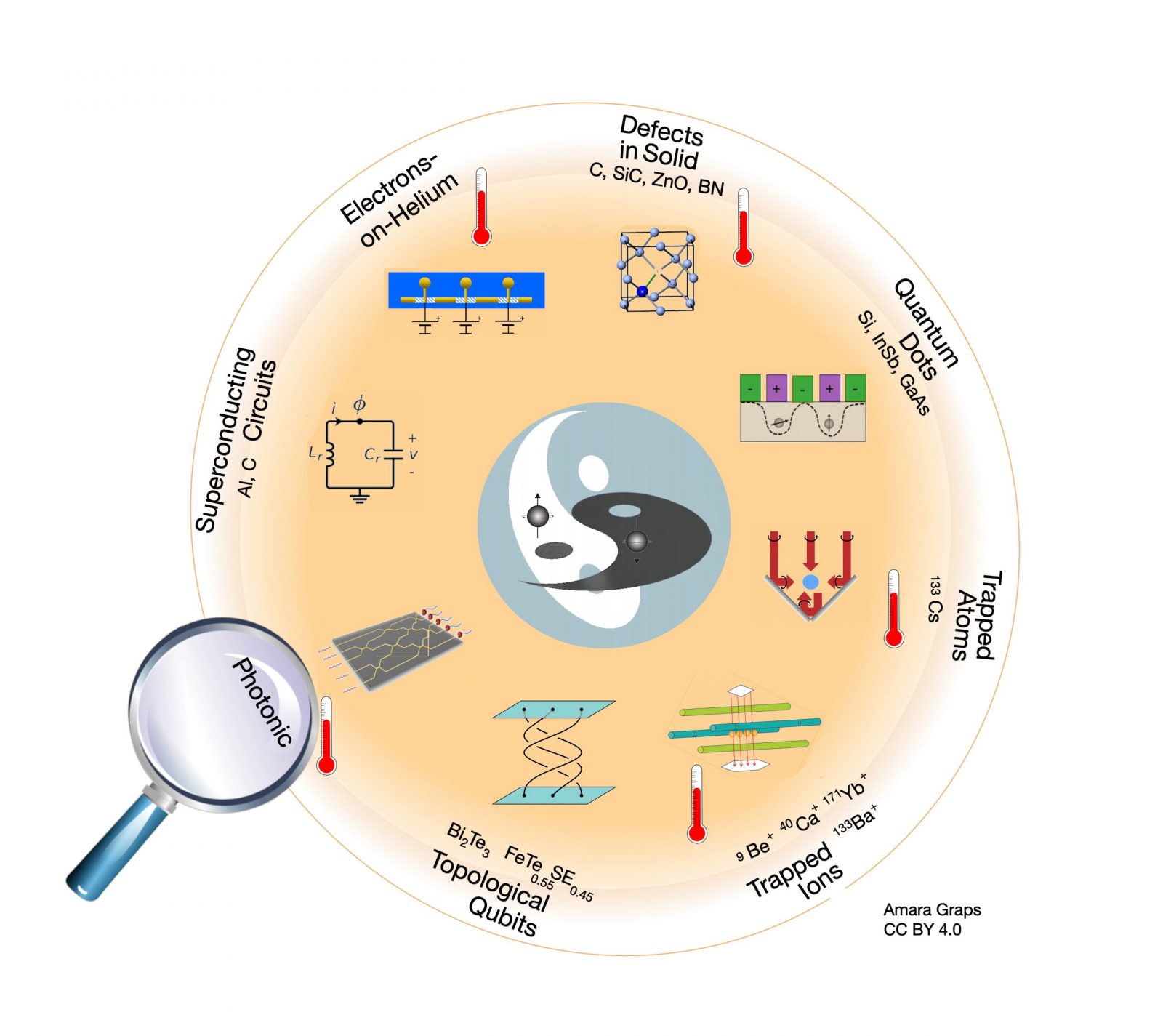
The June 1st, ten-part, press announcement on Twitter for Xanadu’s Borealis photonic quantum computer could be the press-release template to which all other quantum companies aspire. In the thread, the company’s CEO provided:
1) a link to a high-quality scientific paper (Madsen et al, 2022) which demonstrates the particular success;
2) how their advance compares to similar technology;
3) how the general public can use it;
4) what is the advance boiled down to one or two sentences;
5) addresses directly a couple of past issues that have emerged from comparing quantum hardware. In this case: ‘spoofing’ and ‘real computational problems’;
6) a quality video, which explains the advance.
It was a remarkable press release for its succinct quality with a focus on the technology. Let’s start at the beginning.
Photonic Quantum Computing: What is It?
Photonic quantum devices operate on fundamentally different entanglement principles than spin-based quantum devices. Xanadu’s photonic quantum computers are based the continuous variable (CV) model. The graphic in Fig. 1 from Zachary Vernon at the PfQ 2019 Workshop explains the first fundamental difference. Instead of discrete |1>, |0> states, we have continuous variables of the light field, where information about the amplitude and the phase quadrature is encoded.
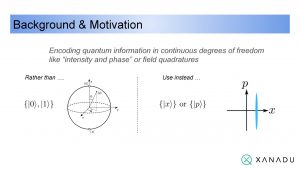
Figure 1. Fig. 1 from Zachary Vernon his presentation at the 2019 Photonics for Quantum Workshop, explains the fundamental difference.
The challenge for photonic qubits is that they are short-lived. However, if one uses measurement-based (MB) quantum computing (QC) instead of gate-based quantum computing, then one can circumvent short-lived photonic qubits naturally, because the computations are performed immediately. The qubit becomes a particular measurement in phase space of a particular distribution, which is called squeezed light or squeezed state. Squeezed states take advantage of the tradeoff to “squeeze” or reduce the uncertainty in the measurements of a given variable, while increasing the uncertainty in the measurement of another variable the researchers can ignore. The qubit nodes are replaced by squeezed states. Gaussian boson sampling (GBS) is when one draws samples from the distribution of the squeezed states.
To grasp the concept of continuous-variable, measurement-based, quantum computing, the best description I’ve found is at YouTube, where Ulrik Lund Andersen from the Technical University of Denmark (DTU), in November 2021, gave a visually-oriented, online talk: Optical quantum computing with continuous variables. His talk steps through the measurements, line-by-line of the array of squeezed states by showing how the squeezed states are entangled to the input states, to become clustered states. Through measurements on the clustered states, one executes gates, for example: the universal gate set as described by Lloyd and Braunstein, 1999, in their classic foundation: Quantum computation over continuous variables. Andersen then introduces the other key components of the photonic quantum computer.
- beam splitters; are semi-reflective mirrors and the way to entangle two different squeezed state nodes. The output with the loop signifies the correlated “two-mode squeezed state” also known as continuous variable EPR state (jump to Andersen’s video);
- homodyne detection: is a local oscillator that provides a way to choose the quadrature in phase space to measure and which produce new output states;
- then, in the sequence after the homodyne detection, are sensitive photon detectors to count the number of photons.
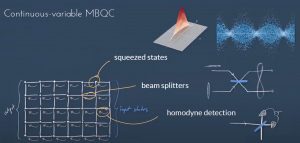
Figure 2. Ulrik Lund Andersen from the Technical University of Denmark (DTU), in November 2021, gave a visually-oriented, online talk: Optical quantum computing with continuous variables.
Systems with optical fiber connections have a large advantage. For distances > 1cm, the energy needed to transmit a bit using a photon over a fiber is smaller than the energy required to charge a typical 50 ohm electronic transmission line covering the same distance. (Nielsen & Chuang, 2010, pg. 296). They can also take advance of existing optical fiber networks for communication.
How to Scale a Photonic Quantum Computer
Xanadu’s new technological successes show us (Madsen et al, 2022) how photonic quantum computing can be dramatically improved and scaled:
- non-classical light generation: squeezed light generators on a chip;
- time-domain multiplexing: loops, which allow access to more squeezed-light modes, without increasing the physical extent or complexity of the system;
- universal gate set implementation: programmable (Bromley et al, 2019);
- fast electro-optical switching: from the interferometer, the Gaussian state is sent to a 1-to-16 binary switch tree (demux), which partially de-multiplexes the output before readout by PNRs;
- Plus, a PNR improvement, which has a room temperature goal in view:
- high-speed, photon-number-resolving (PNR) detection technology: an array of photon-number resolving (PNR) detectors based on superconducting transition-edge sensors (TES) with 95% detection efficiency (Arrazola et al., 2021).
Professor Anderson illustrates a key innovation: time multiplexing with a step-through animation, of a 2D, squeezed-light, cluster generation, using a loop in the optical fiber that is delayed by exactly one clock cycle. The light path is then synchronized between beam splitters. If you add more loops, there is more entanglement, and fewer necessary beam splitters. This leads to my photonic quantum computer scaling heuristic: “The more time multiplexing loops, the less time needed to scale.” Figure 3 illustrates the same concept from the Xanadu press release video.
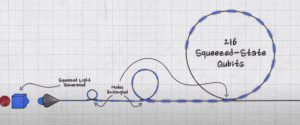
Figure 3. Time multiplexing concept to increase entanglement, reduce the number of beam splitters, and support better scalability. Frame-grab from the Xanadu press release video.
Now we can intuitively understand the scalability, when we see a laboratory setup. Andersen identifies the components that are, and are not, scalable, of his own DTU group’s photonic quantum computer, using the architecture, published by Larsen et al, 2021.
USTC Competition
Prof. Andersen also identifies, in the Q&A of his presentation, why the University of Science and Technology of China (USTC) group’s: Jiuzhang 2.0, cannot scale. The USTC group is using free-space, squeezed-light, sources for their 113 photonic qubits, which are: 5x5x5cm, with corresponding beam splitters for entanglement. For fault-tolerant computing, one needs ~one million, squeezed-light states. Therefore, while this is an impressive effort of quantum supremacy, this architecture would make the system prohibitively large.
Some Photonic Quantum Computer Roadmaps
In addition to Larsen et al, 2021, above, these Roadmaps for the Photonic Quantum Computing are well referenced in the community:
- Bourassa, J. E. et al., 2021. Blueprint for a scalable photonic fault-tolerant quantum computer. Example of Xanadu + Community engagement.
- Bartolucci, S. et al., 2021. A model of universal quantum computation.
Growing Photonic Quantum Computer Vendors and Groups
Research. The international photonic quantum computing community with industry is growing. Since 2012, there are approximately 850 total photonic quantum technology research papers at arXiV with a ~600% increase in the last decade. The fastest yearly increase is so far this 2022 year (~50% scaled to year-end). This growth is keeping pace with the growth (also ~600%) of the rest of the quantum technology research field during the decade.
Conference Participation. The community is increasing too, if we compare the uneven, geographical northeastern weight of the entities from the 2019 (35) and the 2022 (45) Photonics for Quantum (PfQ) Workshop. It’s especially worth to jump to the 2019 PfQ site: they have recorded helpful presentation videos with corresponding presentations.
Entities, Some with Patents. Tracking the Patents growth of photonic quantum patents is challenging, due to the coarse ‘photonic’ keyword resolution. However some Patent Assignees can be identified. Here are some Vendors and Groups in the photonic quantum computing field with available patents:
Canada
USA
- California
- PsiQuantum’s photonic quantum computer and Patents
- Intel is interested in the integrated chip aspects of photonic computing. Patents
- Michigan
China
- University of Science and Technology China (USTC quantum group): 中国科学技术大学 地 Photonic Patents
- Bose Quantum 玻色量子Patents
- Turing Quantum 图灵量子官网
Germany
- PhoQuant Consortium led by quantum start-up Q.ANT
The Netherlands
- Quix Quantum with their 20-Mode Universal Quantum Photonic Processor (Taballione et al, 2022) inside of the EU project: PHOQUSING
Denmark
- Danish Consortium for developing photonics quantum computer
- BigQ at Center for Macroscopic Quantum States, Technical University of Denmark.
Photonic Quantum Computing Wallpaper
It’s summer, and to finish lightly, I’d like to share my favorite graphics from this field. This is the colorful, infinite-dimensional, Hilbert space, generated by Brianna Gopaul, who was an intern at Xanadu in 2018. In her helpful Medium article about the basic photonic quantum gate operations; she treats us to this rich visual. It’s my desktop screen now.
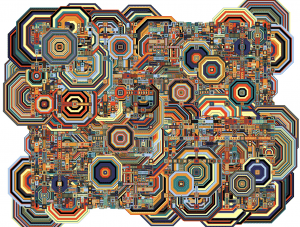
Amara Graps, Ph.D. is an interdisciplinary physicist, planetary scientist, science communicator and educator and expert on all quantum technologies.





















